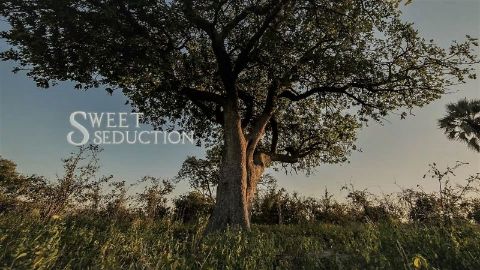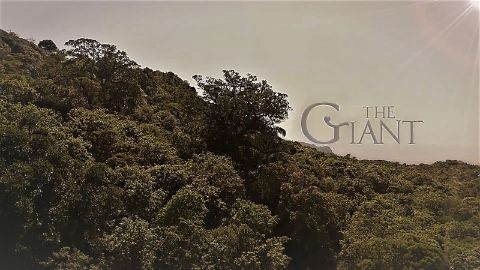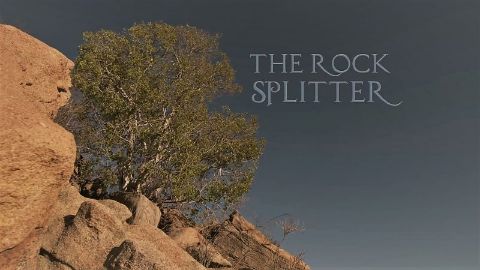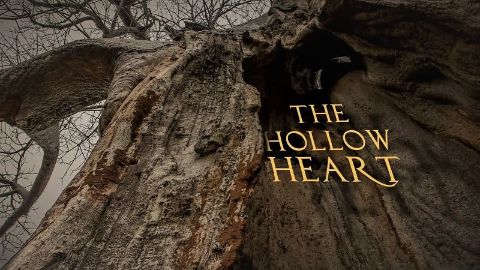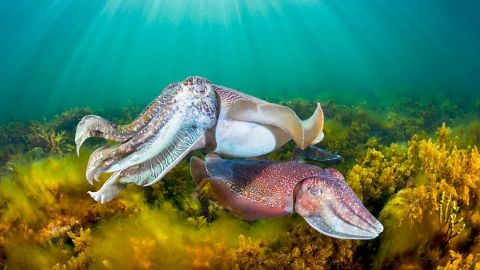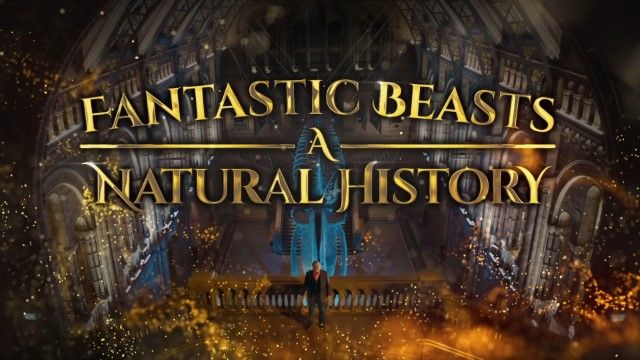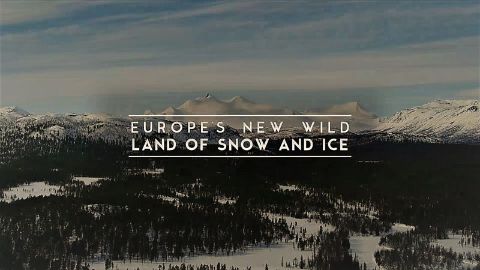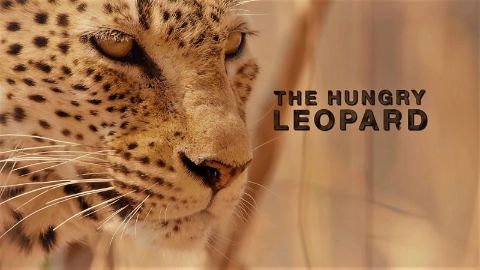Memoirs of Acacia • 2018 • episode "S1E1" • Rooted
Across the dunes of the Kalahari, a towering, 200-year-old tree extends its branches to the heavens. This camel thorn Acacia is a secret refuge for those in the know. Colonies of sociable weavers use its branches for their oversized nests. Oryx, kudu, and other herbivores feed on her ripened pods, helping soften the seeds for germination. As the rainy season descends, its branches become draped with golden flowers, a magnet for pollinating insects. For many, the Acacia is a 'tree of life.' It's a relationship as old as the Kalahari itself.
Make a donation
Buy a brother a hot coffee? Or a cold beer?
Hope you're finding these documentaries fascinating and eye-opening. It's just me, working hard behind the scenes to bring you this enriching content.
Running and maintaining a website like this takes time and resources. That's why I'm reaching out to you. If you appreciate what I do and would like to support my efforts, would you consider "buying me a coffee"?
Donation addresses
BTC: bc1q8ldskxh4x9qnddhcrgcun8rtvddeldm2a07r2v
ETH: 0x5CCAAA1afc5c5D814129d99277dDb5A979672116
With your donation through , you can show your appreciation and help me keep this project going. Every contribution, no matter how small, makes a significant impact. It goes directly towards covering server costs.

